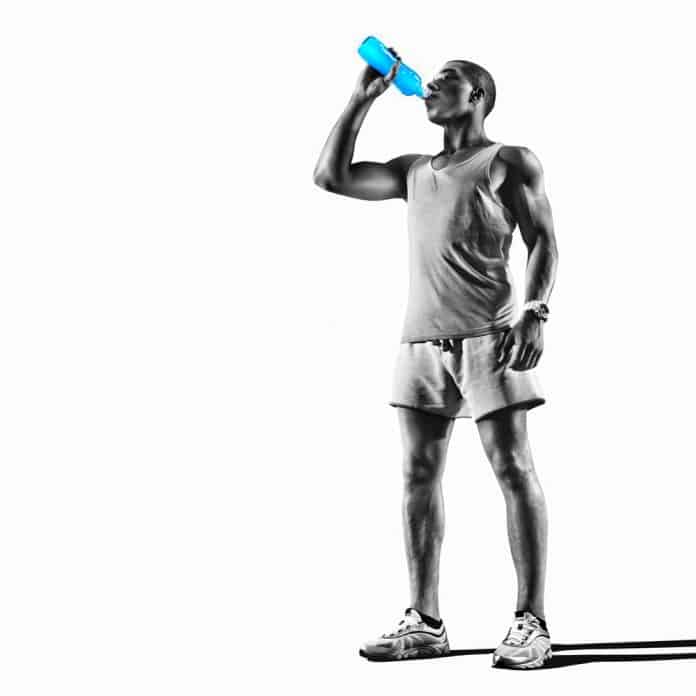Sports drinks, as described by IBISWorld, aim to increase physical performance through efficient hydration and improved recovery times (IBISWorld, ‘Functional Beverage Production in Australia’, October 2021). These beverages, the research company adds, may be isotonic, hypotonic or hypertonic, and contain varying amounts of salt and sugar.
On the other hand, IBISWorld says energy drinks are marketed as being able to increase energy and improve concentration. These drinks often contain active ingredients or stimulants such as caffeine, guarana or taurine.
Talking to Retail World, Coca-Cola Europacific Partners (CCEP) Australia Director Retail Sales Dom Biasi says the sports and energy categories have experienced “exceptional growth” within the retail channel over the last year.
“They’re the two fastest growing NARTD [non-alcoholic ready to drink] beverage categories in supermarkets in the last year, growing 14.7% and 12.2% respectively [IRI Grocery Scan Data, Market = Australia grocery excluding Campbells/Aldi, MAT to 23/1/22],” he says.
Within supermarkets, says Mr Biasi, the sports drinks category has benefited from consumers’ renewed focus on their health and wellbeing.
“Comparing May 2021 with March 2020 on a like-for-like basis, there’s been a 19% net increase in people prioritising their physical health [Australian Bureau of Statistics Household Impacts of Covid-19 Survey, cited in IRI State of the Industry 2021],” he says.
“The growth in sports drinks has largely come through the core range of single-serve ready-to-drink formats. While full sugar options continue to make up the bulk of sales and growth, the category has also been lifted by the trend towards diet sports drinks, as more consumers switch to a no-sugar alternative [IRI Grocery Scan Data, Market = Australia grocery excluding Campbells/Aldi, MAT to 23/1/22].
“Although diet sports drinks are only a relatively small proportion of the category, they’re experiencing incredibly fast growth, increasing sports [drinks] by 44% in value in the last year and by 70% in the latest quarter. This positive growth is further evidenced by the fact that, in the last year, the diet range has comprised 8.5% share of total sports drinks sales but has accounted for 20% share of the growth in the last year.”
Mr Biasi also notes that the energy drinks category has “really exploded” over the past five years, with double-digit volume (litres) growth experienced consistently for the last three years (IRI Grocery Scan Data, Market = Australia grocery excluding Campbells/Aldi, full year 2017-2021, provided by CCEP).
“In energy drinks, we’re seeing growth across the board,” he says. “However, no-sugar, large-serve (>500ml) and multipacks are the chief growth drivers… No-sugar energy drinks now make up 22% of sales, while contributing to 56% of the category’s growth [IRI Grocery Scan Data, Market = Australia grocery excluding Campbells/Aldi, MAT to 23/1/22].
“Consumers are also seeking out new flavours, evidenced by an uptick in growth in flavoured energy drinks (ie, not original). Flavoured energy drinks grew 31% versus last year and accounted for 58% of the category value growth.”
Mr Biasi says innovation continues to play a pivotal role in the growth of the energy drinks category.
“In the past year, new products made up one-third of the total growth of the energy drinks category in supermarkets [IRI Grocery Scan Data, MAT to 3/10/21],” he says.
Read more about sports and energy drinks in the April issue of Retail World.


